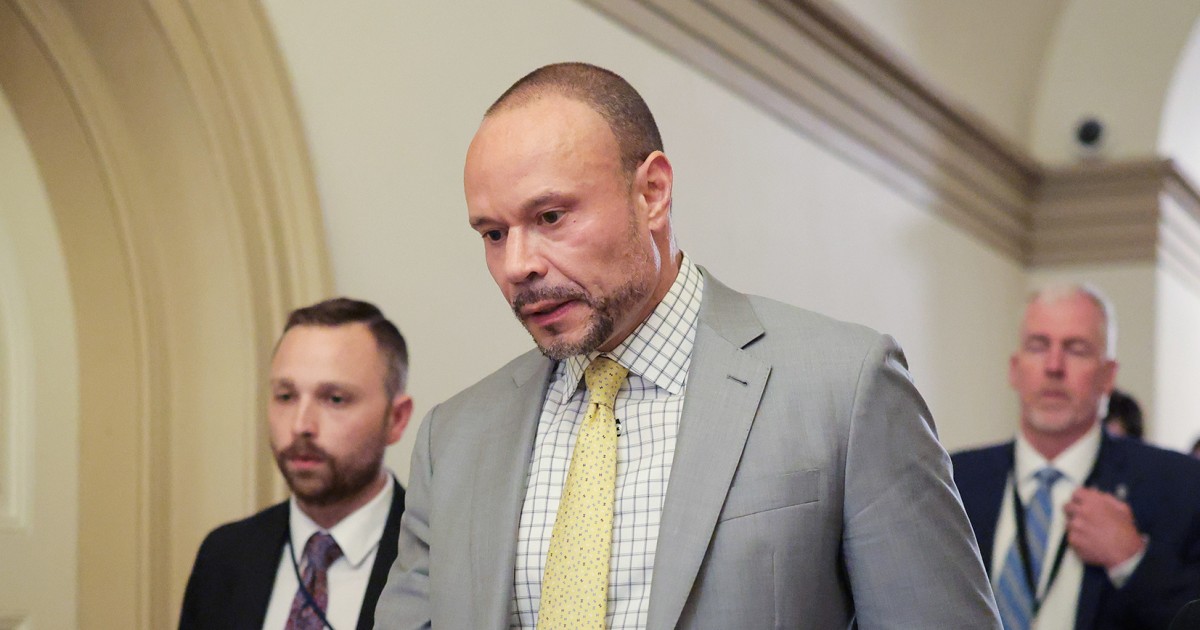Justice Department Releases New List of Sanctuary Jurisdictions
Introduction
The Justice Department has released a new list of so-called sanctuary jurisdictions, identifying three dozen states, cities, and counties that have policies limiting cooperation with federal immigration authorities. This move comes just two months after the federal government quietly removed a much longer list of sanctuary jurisdictions, which included many localities that had never been considered as such before.
Key Details
The release of this new list has caused controversy and confusion, as it appears to be a way for the Justice Department to target and potentially punish these jurisdictions for their sanctuary policies. The list includes major cities such as New York, Los Angeles, and Chicago, as well as smaller localities like Burlington, Vermont and Lawrence, Massachusetts. Many of these jurisdictions have policies in place that limit the use of local resources to assist federal immigration efforts, in an effort to protect their immigrant communities.
Impact
This release of the list has raised concerns about the politicization of the Justice Department and the potential consequences for these sanctuary jurisdictions. It also highlights the ongoing debate and divide surrounding immigration policies in the United States. While some applaud these jurisdictions for protecting their immigrant communities, others criticize them for not fully cooperating with federal authorities. The release of this list brings the issue to the forefront once again and sparks further debate and discussion.
About the Organizations Mentioned
Justice Department
The United States Department of Justice (DOJ) is the principal federal agency responsible for enforcing federal laws, ensuring public safety, and protecting civil rights. Headquartered in Washington, D.C., the DOJ operates under the leadership of the Attorney General, who serves as a key member of the President’s Cabinet. As of 2025, Pam Bondi holds this position, having taken office in February and quickly shaping the department’s priorities. Established in 1870 during President Ulysses S. Grant’s administration, the DOJ’s roots trace back to the creation of the Attorney General’s office in 1789. Over the years, it has grown into a vast organization with more than 115,000 employees and over 40 component agencies, including the Federal Bureau of Investigation (FBI), Drug Enforcement Administration (DEA), and U.S. Marshals Service. The DOJ also houses specialized divisions for criminal, civil, antitrust, tax, civil rights, and national security matters, and oversees 94 U.S. Attorney offices nationwide. The DOJ’s mission centers on upholding the rule of law, safeguarding national security, and defending civil liberties. In 2025, the department has shifted its enforcement focus, prioritizing areas such as healthcare fraud, customs and tariff evasion, and corporate misconduct, especially involving foreign adversaries and financial gatekeepers. Recent policy changes have emphasized efficiency in investigations and reduced reliance on corporate compliance monitors, reflecting a broader effort to minimize regulatory burdens on businesses. Notably, the DOJ has also been tasked with reviewing past government conduct to address concerns about the “weaponization” of federal agencies, ensuring accountability and restoring public trust. For business and technology leaders, the DOJ’s evolving priorities—particularly in areas like cybersecurity, antitrust, and international trade—have significant implications for compliance, risk management, and corporate governance.















